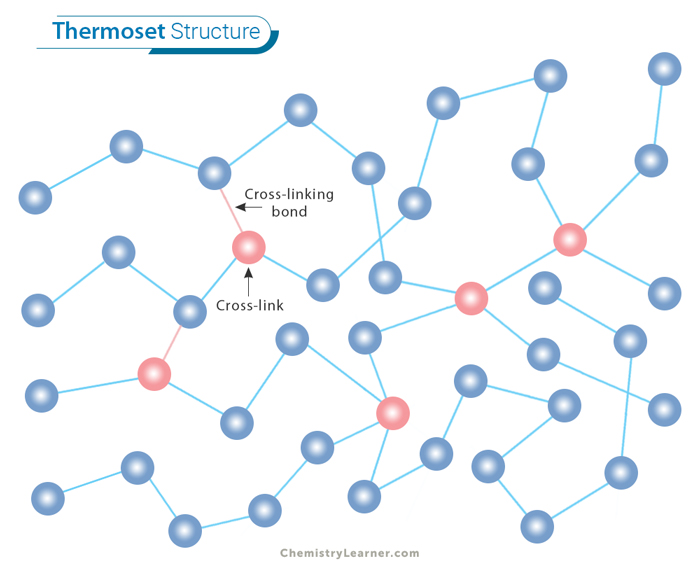Steric Hindrance
Steric hindrance refers to the interference of bulky groups or atoms within a molecule, affecting its reactivity and overall shape. Also known as steric effects, it is crucial in determining the outcome of various chemical reactions. [1-4]
Steric hindrance can manifest in different ways, such as steric repulsion, where bulky groups repel each other due to proximity. It leads to changes in bond angles and distances within the molecule, influencing its stability and behavior.
Factors Influencing Steric Hindrance
Steric hindrance is influenced by several factors that dictate how bulky groups obstruct other molecules’ movement or approach. [3]
One primary factor is the size and bulkiness of substituent groups attached to a molecule. Larger substituents, such as tert-butyl or phenyl groups, tend to create more significant steric hindrance due to their voluminous nature. The sheer size of these groups can physically block reactants’ access to reaction sites or impede the rotation of bonds, leading to altered reaction kinetics and product distributions. Moreover, as the number of bulky substituents increases, the steric hindrance amplifies, resulting in more pronounced effects on molecular behavior.
Another critical determinant is the spatial arrangement of substituents around a central atom or functional group. Even small changes in the orientation or configuration of substituents can drastically impact the degree of hindrance experienced by a molecule. For instance, in cyclic compounds, the conformational flexibility of ring structures can lead to variations in steric hindrance depending on the relative positions of substituents. Additionally, axial and equatorial positions in cyclic molecules can introduce different levels of hindrance, with axial substituents typically experiencing greater steric clash than their equatorial counterparts.
Steric Hindrance of SN1 and SN2 Reactions
Steric hindrance is significant in determining the outcome and kinetics of both SN1 and SN2 reactions, two fundamental nucleophilic substitution reactions in organic chemistry. These reactions involve substituting a leaving group with a nucleophile at a saturated carbon atom. However, the mechanisms of these reactions differ, and steric hindrance influences each mechanism differently. [3]
In SN1 reactions, the rate-determining step involves the departure of the leaving group to form a carbocation intermediate. Since this step involves only one molecule, the nucleophile can attack the carbocation from either side, resulting in racemization if the reactant is chiral. Steric hindrance primarily affects the stability of the carbocation intermediate. Bulky substituents adjacent to the reaction site can destabilize the carbocation by increasing electron repulsion or hindering the departure of the leaving group. As a result, SN1 reactions are generally favored for substrates with bulky leaving groups or in nonpolar solvents where solvation effects are minimal.
On the other hand, SN2 reactions proceed through a concerted mechanism where the nucleophile attacks the substrate simultaneously as the leaving group departs. This bimolecular process involves direct collision between the nucleophile and the substrate, and the reaction rate is highly dependent on the accessibility of the reaction site. Steric hindrance significantly hinders the approach of the nucleophile in SN2 reactions. Bulky substituents near the reaction site create steric clashes with the incoming nucleophile, impeding its access and slowing the reaction rate. Consequently, SN2 reactions are favored for substrates with less steric hindrance and polar aprotic solvents where solvation stabilizes the transition state.
Examples of Steric Hindrance
Here are a few examples of steric hindrance that illustrate how it affects various chemical processes, influencing molecular structure, reactivity, and selectivity. [1-4]
1. Tert-Butyl Group: The tert-butyl group (CH₃)₃C- is a classic example of steric hindrance. The three methyl groups branching off from a central carbon significantly hinder the approach of other molecules or reagents. This hindrance can affect reaction rates and product formation.
2. Cubane Molecule: Cubane is a molecule with eight carbon atoms arranged at the corners of a cube, with hydrogen atoms attached. The compact arrangement of the carbon atoms results in significant steric hindrance due to the proximity of the bulky substituents, making certain reactions difficult to achieve.
3. Cis-Trans Isomerism in Alkenes: In alkenes, steric hindrance can influence the stability of cis and trans isomers. In some cases, bulky substituents on the double-bonded carbons can prevent rotation around the double bond, locking the molecule into one conformation due to steric hindrance.





